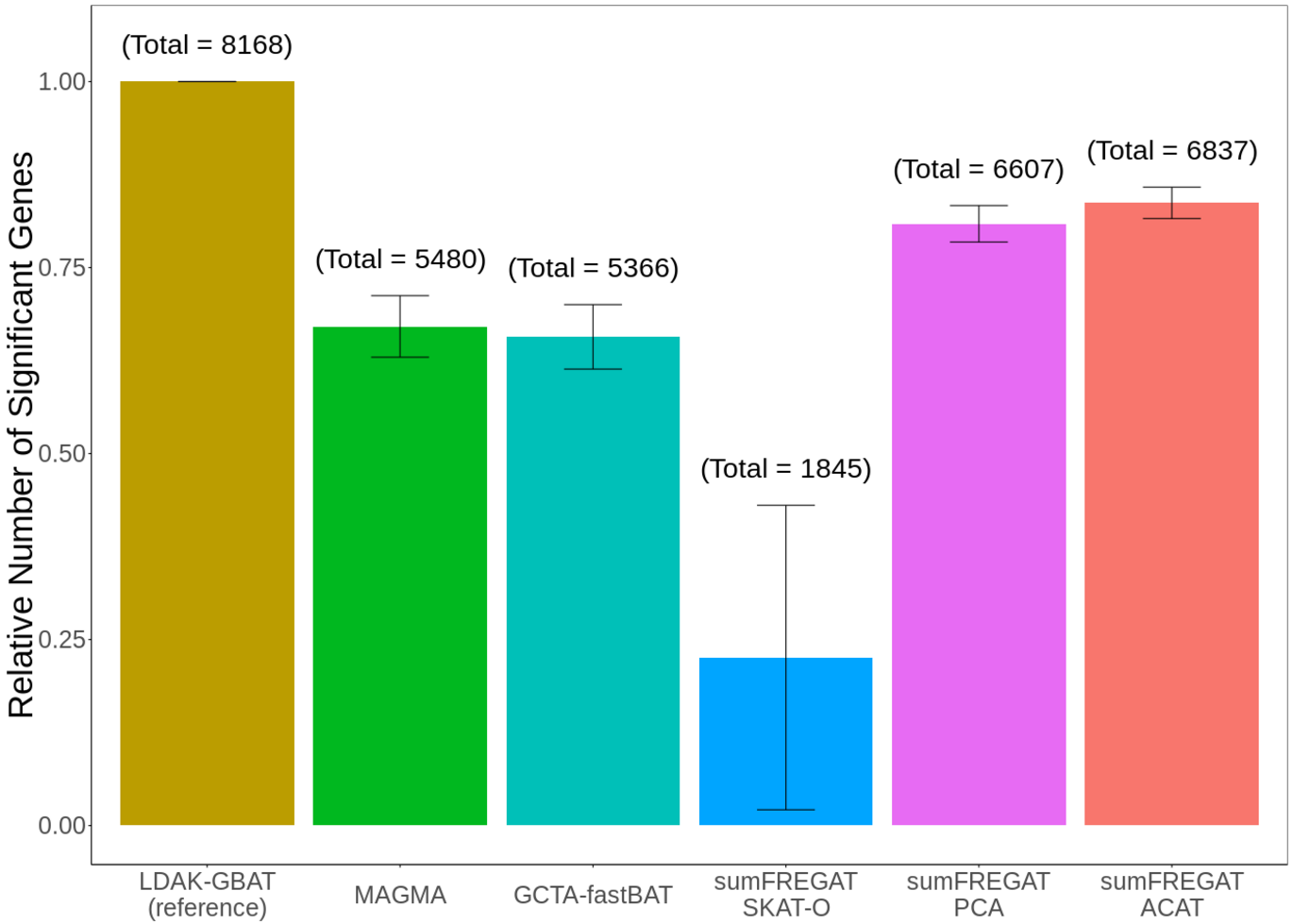New tool for gene-based association analysis is more precise than similar methods
In a recent publication, postdoc Takiy Berrandou and professor Doug Speed from the Center for Quantitative Genetics and Genomics (QGG), together with Professor David Balding (University of Melbourne), have proposed LDAK-GBAT as a novel tool to conduct gene-based association analysis using only summary statistics data and a reference panel genotyping data.

Their article first explains the LDAK-GBAT framework and features, then uses simulated data to demonstrate the accuracy and computational efficiency of the new tool. Next the study compared LDAK-GBAT with five other gene-based association analysis methods, including the most well-liked MAGMA and GCTA-FastBAT, using data on 109 phenotypes from the UK Biobank, Million Veteran Program, and Psychiatric Genomics Consortium. They discovered that LDAK-GBAT is more effective than currently available tools, and that it finds 20% more significant associated genes than the next-best method.
Lead author, postdoc Takiy Berrandou, says, "As well as being computationally efficient and powerful, LDAK-GBAT also includes a new 'clumping tool' that can be used to prioritize associated genes." He continues, "For example, our analysis of Type 1 Diabetes detected 1511 genes significant associated with developing the disease, then the clumping tool decided which 533 of these were likely to be the most important"
The work can be viewed in the current issue of the American Journal of Human Genetics.
